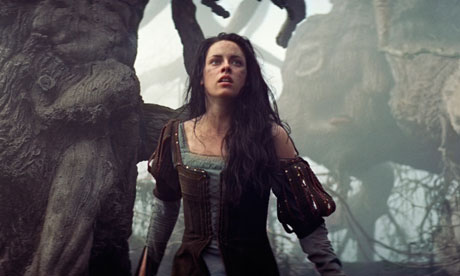"We, the reading and viewing public, then accepted whole cloth that in folklore, as in life, everyone but the heroine is a capable being.
John Everett Millais
Walter Crane
In book after book, film after film, we edited, revised, redacted, and destroyed the strength of our female heroes, substituting instead a kind of perfect pink-and-white passivity.
Why? I do not know."
I'm glad that, though Yolen does point the finger at Disney, she acknowledges that the evolution of the roles of females in fairy tales was the result of culture at large and can't really be boiled down to one man's chauvenist agenda-even uses the pronoun "we" instead of a more accusational "they." Certainly the brothers Grimm and Walt Disney shared responsibility, but this attitude was far more complex than just the stories collected and told by these men.
I posted this a couple years ago and had actually forgotten about it until recently and am sharing this story again: partly to demonstrate Yolen's next point, that there has been a cultural shift in our thinking in more recent years, but also to counter those who blame Disney films for destroying little girls' ability to see their role as anything other than the worst possible female stereotype:
"I used to nanny for two girls, ages 5 and 7. Sarah's favorite Princess was Ariel, Michelle's was Cinderella. Among the games we would play, we would often assume the identity of our favorite Princesses and act our stories with our combined movie characters (I was obviously Belle). Now, I did not guide the play at all, but let the children come up with their own stories, but mostly what we did was rescue our Princes from the villains. We would often get ransom calls on our imaginary cell phones and have to bike down the block to Ursula's fortress and have to come up with a plan to get Eric out of there. We NEVER played that the girls were sitting around the house, trapped by the villain, and needed the boys to save them. To counter this, several children do like to play trapped, or captured-but then generally they really don't want to get rescued, either by a pretend Prince or by a girl-the excitement is in the being trapped. So maybe children aren't all mindless slaves who see a couple Princesses who do domestic chores cheerfully and assume from this that their lot in life is to sit and look pretty and prepare to be a good housewife. Just sayin'."
Keep in mind, this was before the more recent movies like Brave and Snow White and the Huntsman that intentionally show women as warriors





Major respect for her avoiding pointing the finger and admitting to not knowing. I feel the same.
ReplyDelete